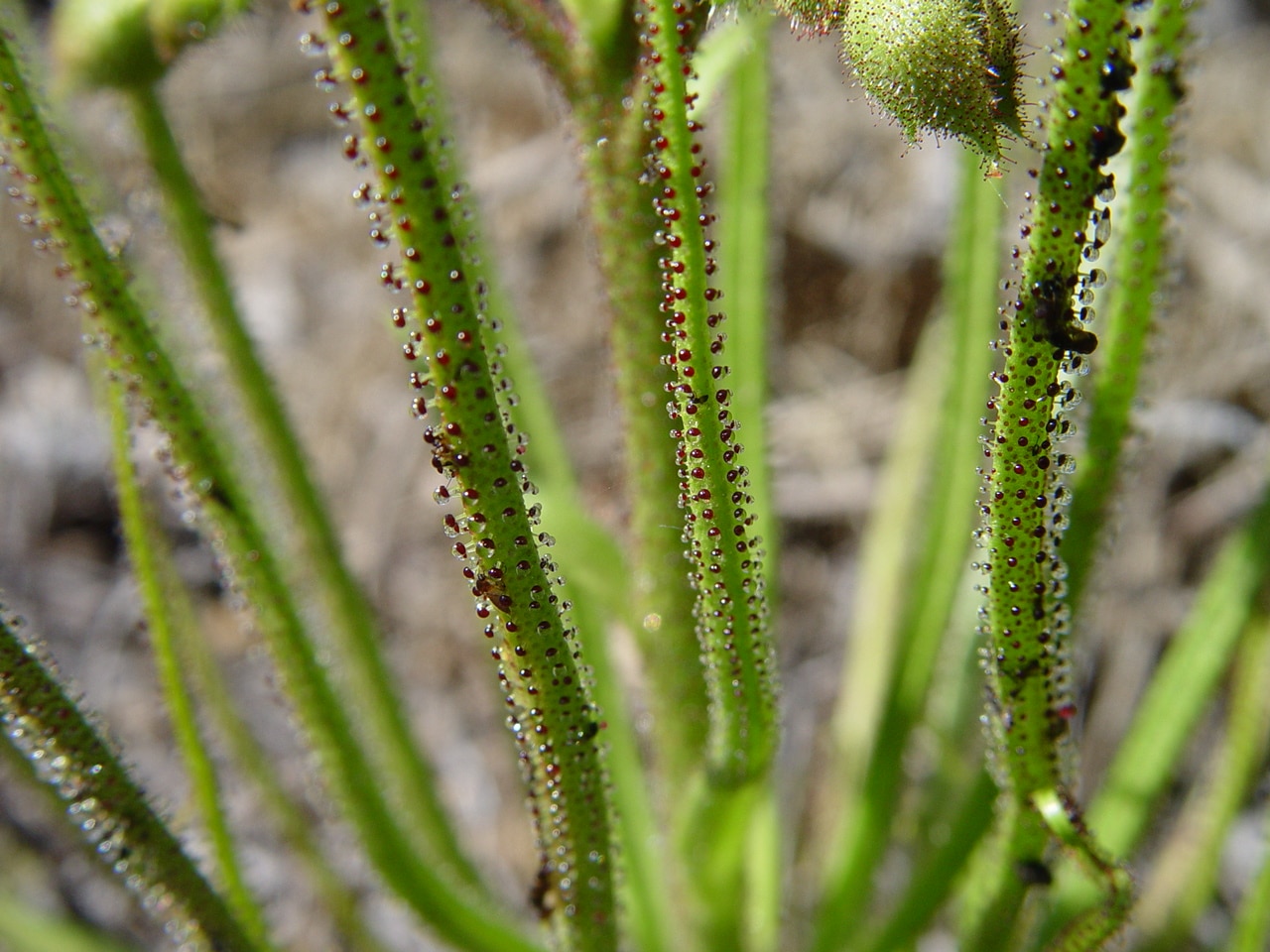
Image - Wikimedia / Lumbar
Are you in Spain and would you like to see carnivorous plants growing in nature? If you thought that this could only be done in the United States or in Mount Roraima (Venezuela), you will surely be happy to know that in the Iberian Peninsula we can enjoy a small but interesting variety of species.
They are more than one could imagine at first, since-fortunately- the land of this country is generally rich in nutrients, something that makes it excellent for growing horticultural plants for example, which as we know are very useful for human beings. But lovers of carnivorous plants can also enjoy observing them visiting the areas that form their habitat in Spain.
Carnivorous plants are a very curious type of plant beings. Finding often so few nutrients in the soil where they grow, they have had to adapt in the best way they could: by developing increasingly sophisticated traps. designed to attract potential prey, such as mosquitoes, flies, crickets, and other small insects.
Some tropical species, such as Nepenthes attenboroughi, which was discovered in the first decade of the 2009st century, specifically in XNUMX, has such large traps that a drowned rat was found (here you can read the article; is in English). This particular species lives on Mount Victoria in Palawan, and it certainly is amazing in every way. So much so that it is a real shame that it is in serious danger of extinction.
But can we find something like this in Spain? Well the truth is that the traps developed by 'Spanish' carnivorous plants are much smaller, even in some they go unnoticed. However, we are fortunate that the vast majority of them can be found for sale in specialized nurseries, both physical and especially online.
The most popular are the following:
Intermediate sundew
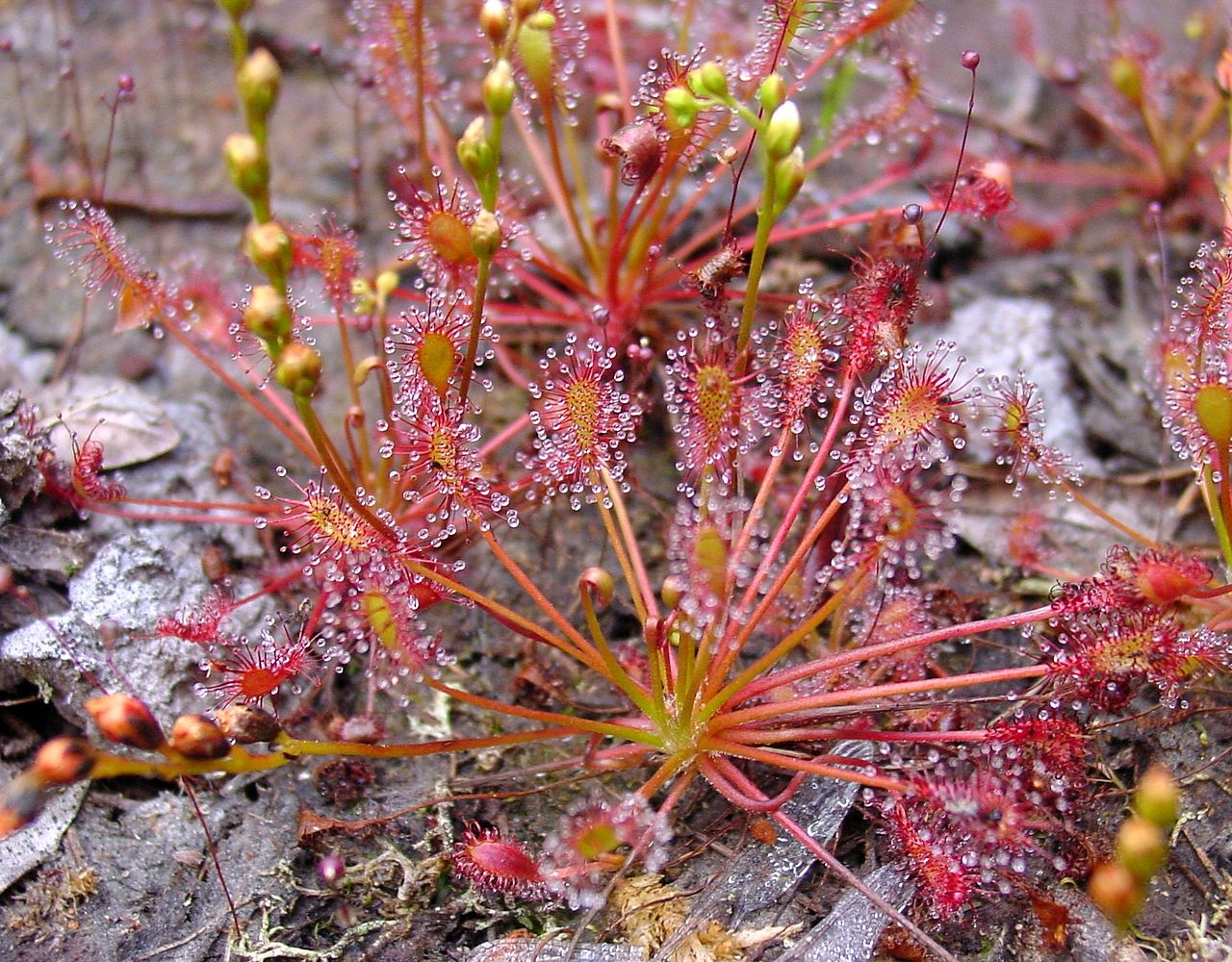
Image - Wikimedia / Noah Elhardt
This is a perennial plant native to Europe that lives in bogs, swamps, and wet sandy shores. Produces spatulate leaves, about 10 centimeters high, and are covered by mucilaginous glands that, when in contact with the insect, stick to it, preventing it from escaping.
It blooms in summer, from June to August in the northern hemisphere. The flowers arise on stems up to 15cm tall, and are white.
Sundew rotundifolia
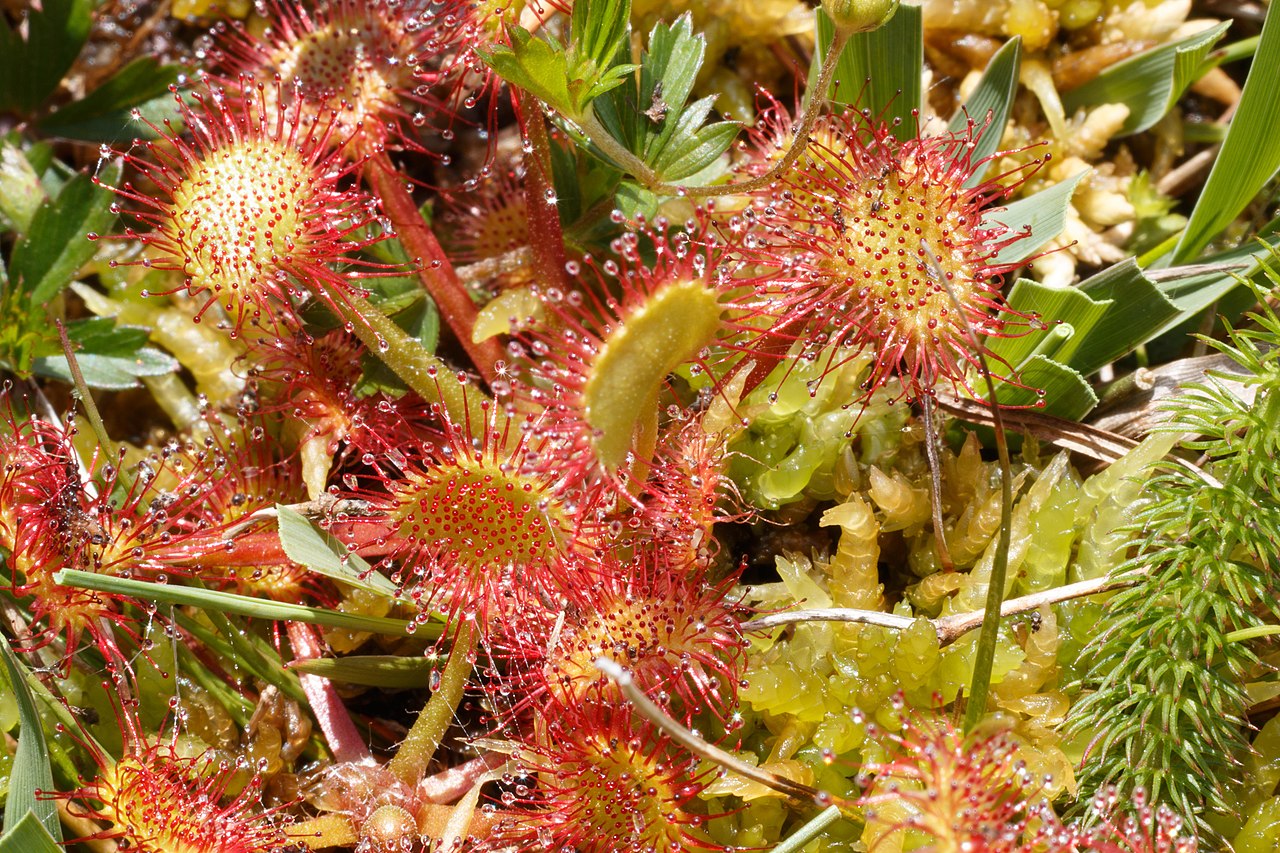
Image - Wikimedia / Ebaki
It is a perennial plant known as common sundew or round-leaved sundew native to the northern hemisphere. In Spain we find it in peat bogs and wet meadows in the north and center of the peninsula. The leaves can be about 5 centimeters long, and are covered by mucilaginous glands that serve as sticky traps.
The flowers sprout in summer from a stem up to 25cm tall, and are white to pink in color.
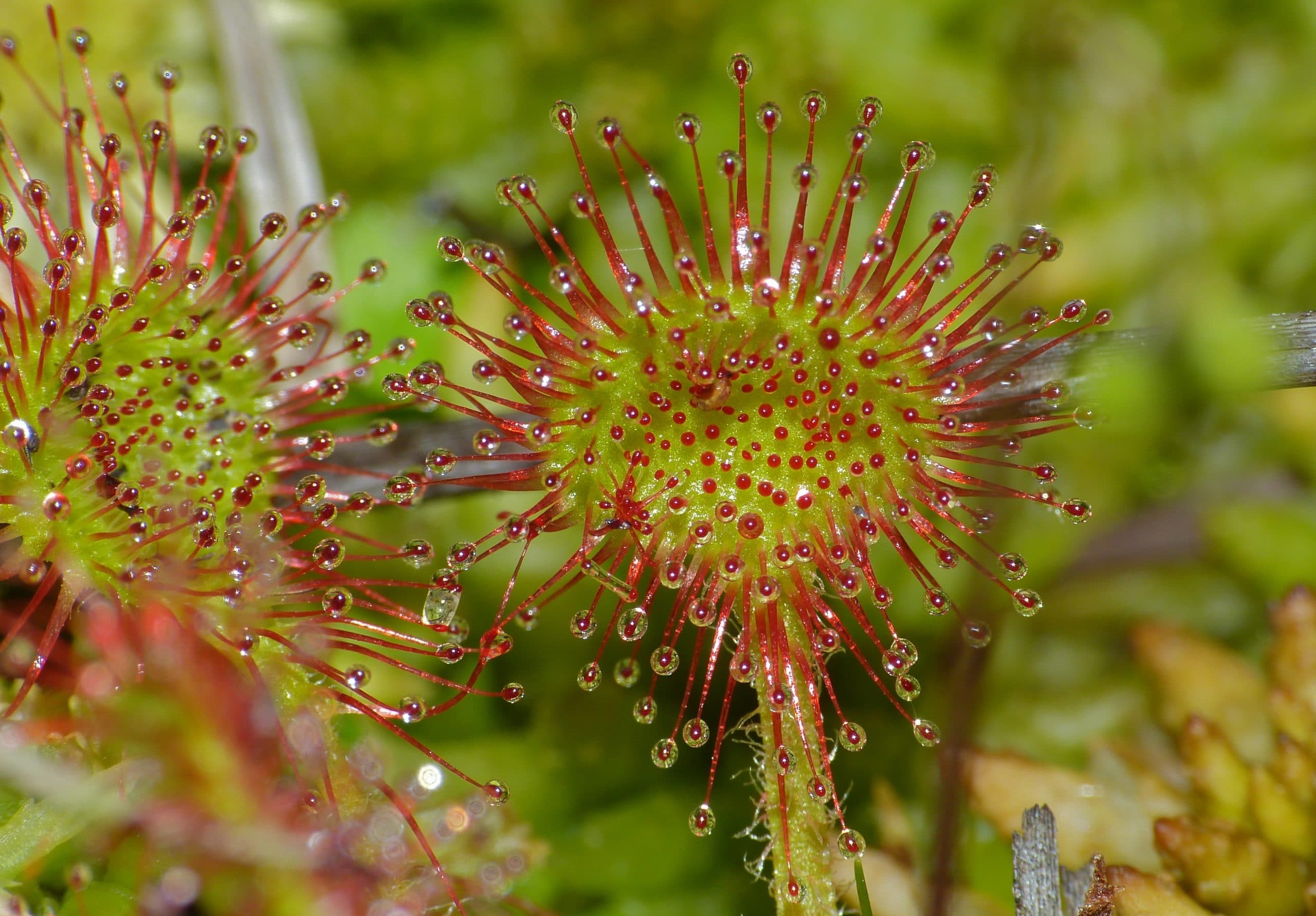
Drosophyllum lusitanicum
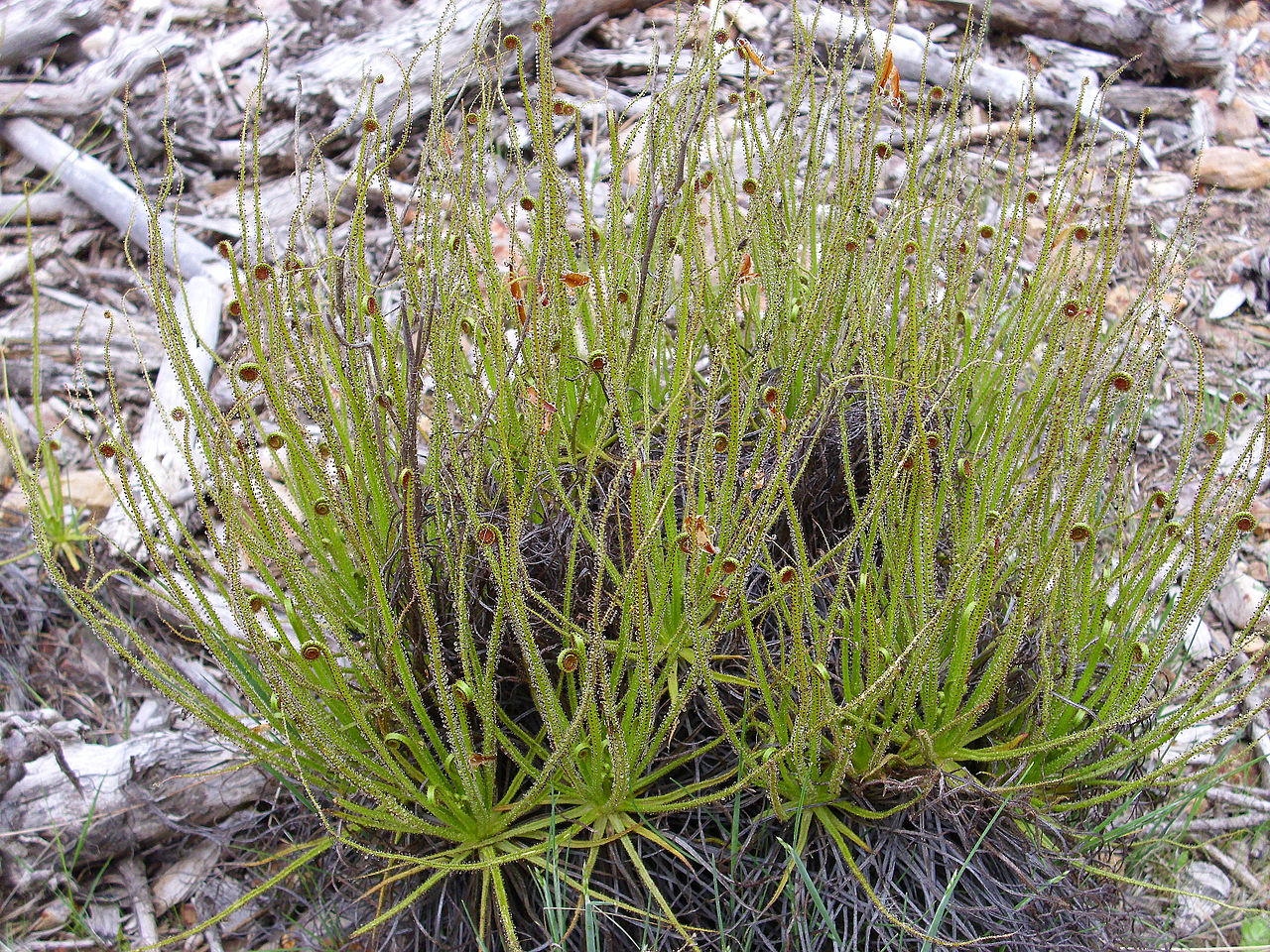
It is a perennial carnivore that only grows in Portugal, North Africa, and in Spain in southern Andalusia. It lives in soils rich in nutrients but poor in iron, so in each of its leaves it has glands that give off a viscous substance that attracts insects. It reaches a height of about 40cm.

Lusitanian penguin
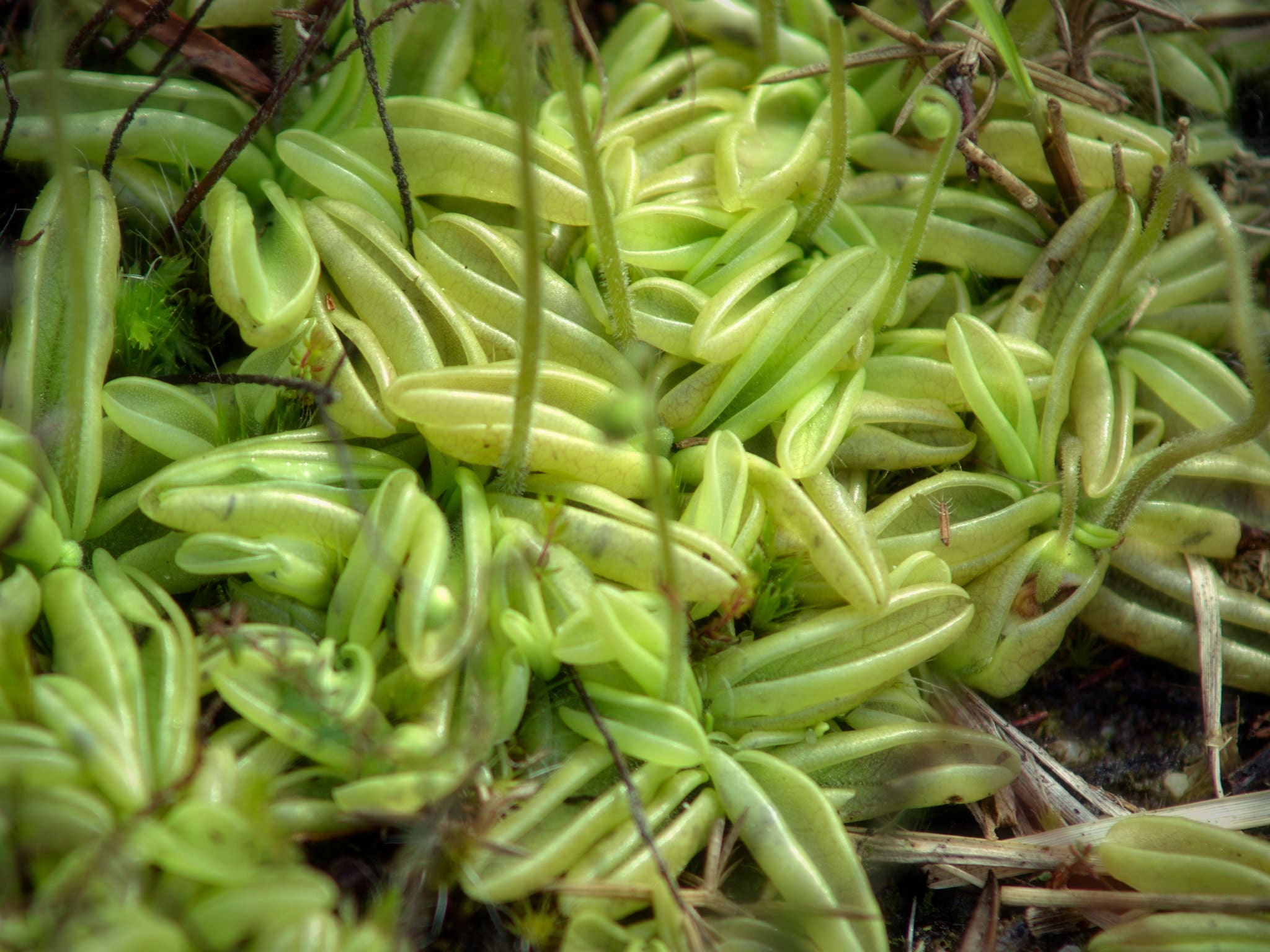
Image - Flickr / Cyril Gauthier
It is a perennial plant native to the Atlantic region of Europe, where in Spain we will see it in Vizcaya and Guipúzcoa. It is also possible to find it in Álava, in the Gorbea massif, but it is more difficult. It is a small carnivore, about 10cm in diameter, which produces simple leaves up to 3cm in length and slimy.
The flowers are hermaphroditic, solitary and white. It is popularly known as pale greasy.
pinguicula dertosensis
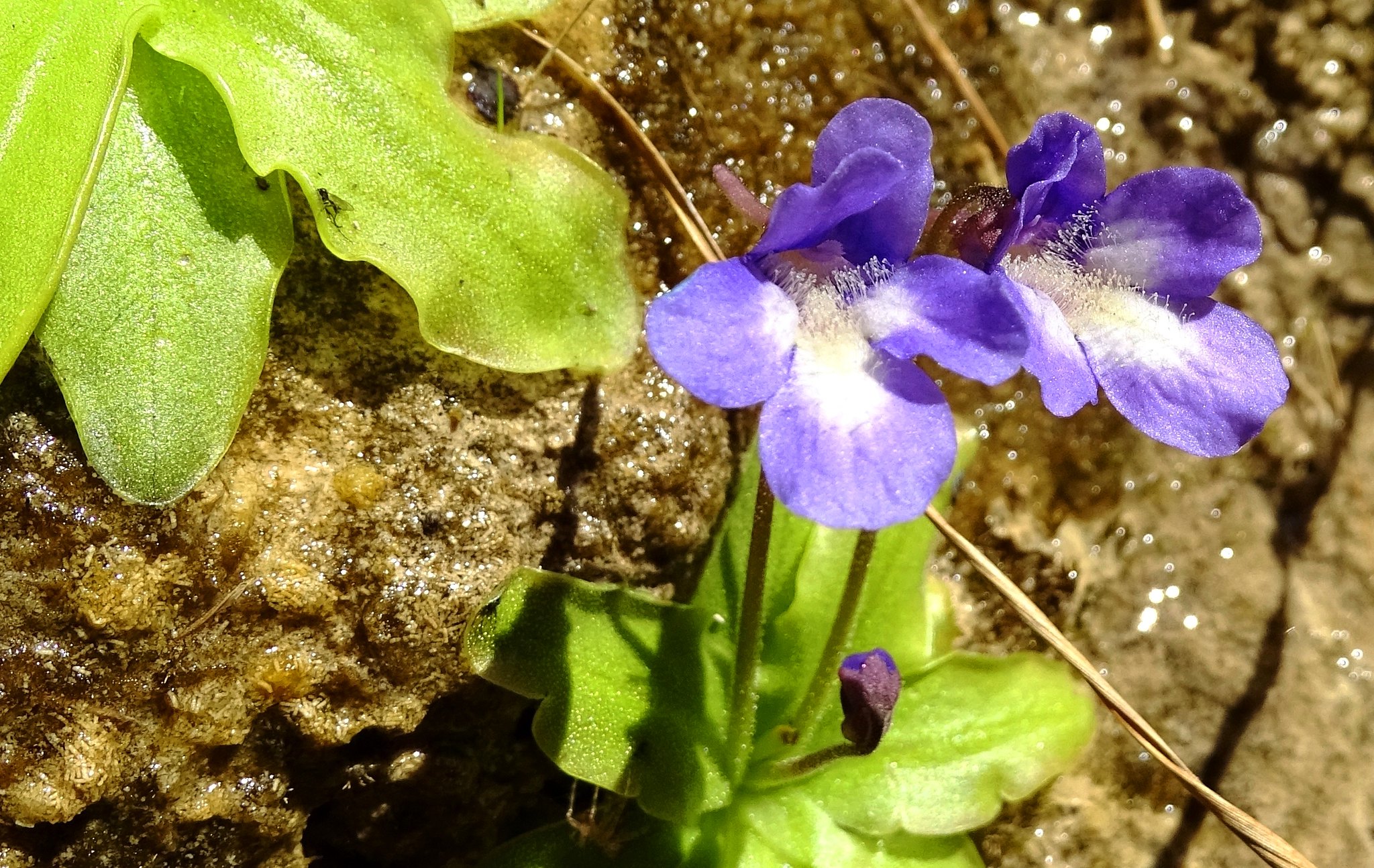
Image - Flickr / Manel Llarch
It is a perennial endemic to Sierra Nevada (Spain), where it grows in sheep and peat bogs above 2500 meters of altitude. It develops simple, slimy, green leaves and measures around 10cm in diameter..
It blooms in summer, usually in July in the northern hemisphere. It produces purple-pink flowers, and is known by the name of the Sierra Nevada tirana.
pinguicula vulgaris
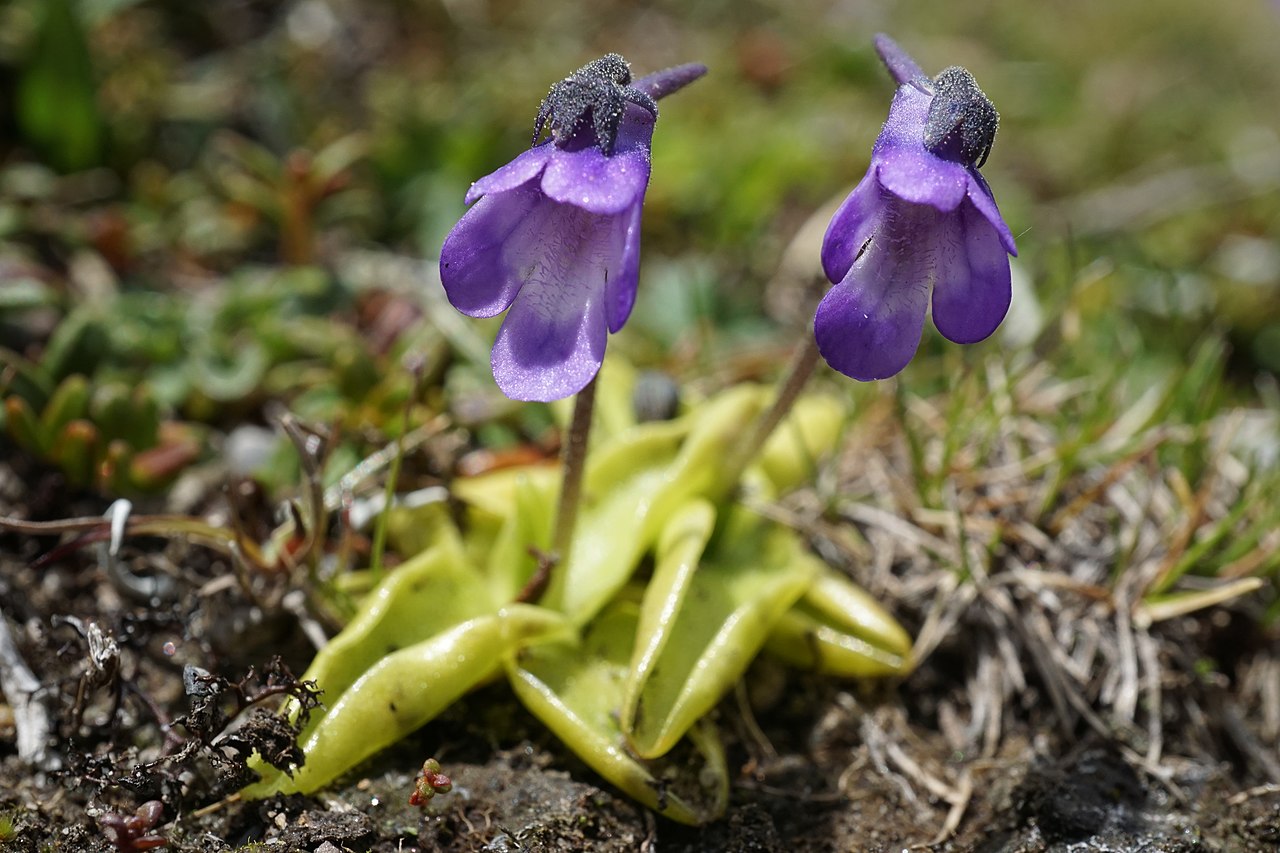
Image - Wikimedia / xulescu_g
It is a perennial carnivore that lives in the east of the Iberian Peninsula, specifically in Tortosa (Tarragona), Beceite (Teruel) and in the Sierra de Tejeda (Granada), always in humid soils. It produces green, slimy, and simple leaves up to 6-7cm in length.
The flowers emerge from a 10cm stem, and are purple.
Utricularia vulgaris
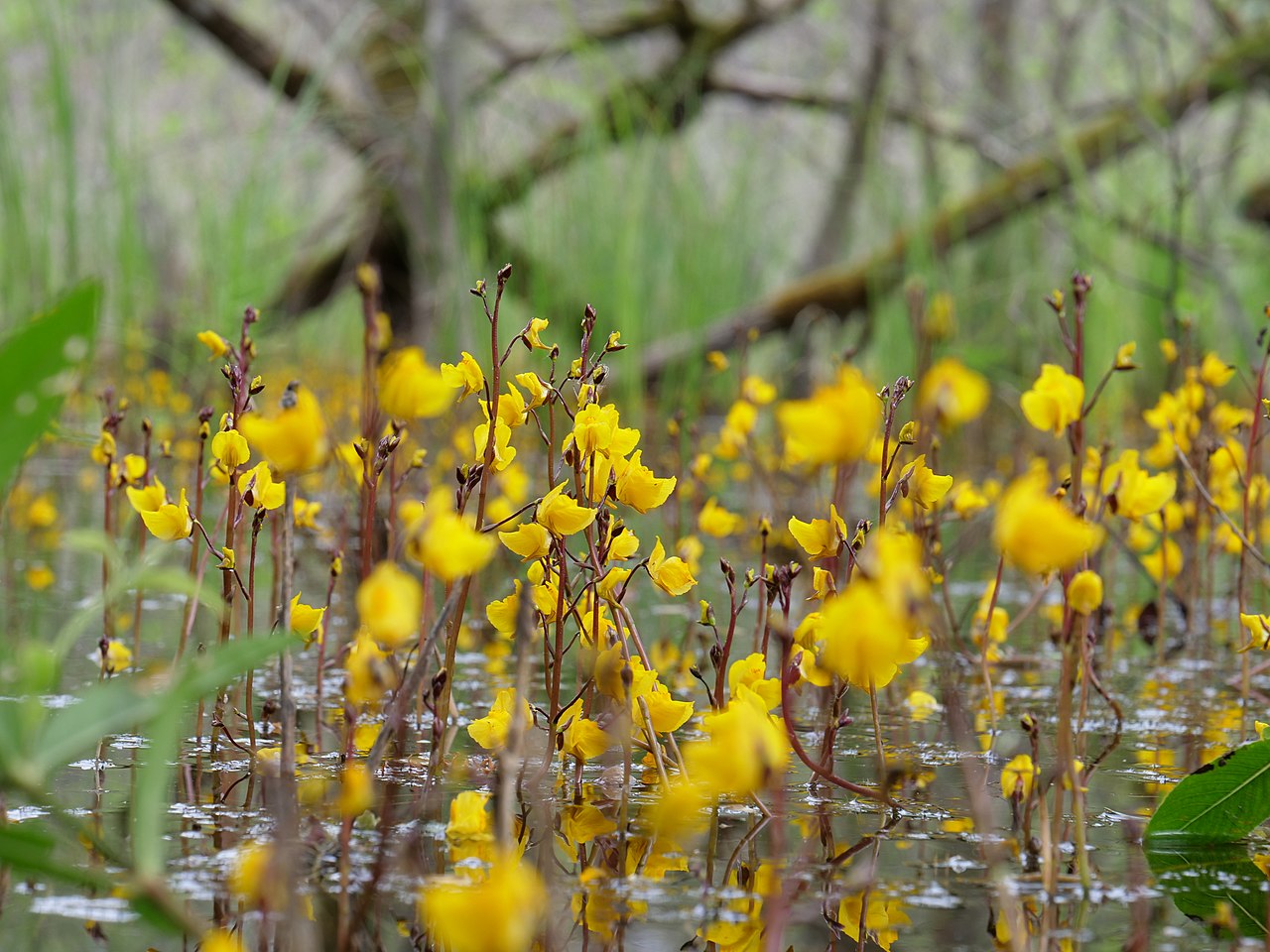
Image - Wikimedia / Leonhard Lenz
It is an aquatic carnivore that lives in the still fresh waters of practically all of Europe, except Portugal, Iceland and Turkey. Its leaves are bilobed, very small, which are divided into segments that trap tiny animals.
It blooms from late spring to summer, and its yellow flowers emerge from a 15cm tall stem.
What do you think of these carnivorous plants? Did you know any? We hope you enjoyed this post 🙂.